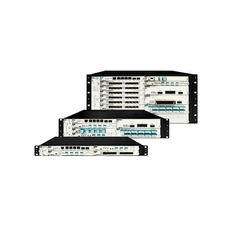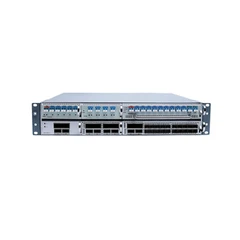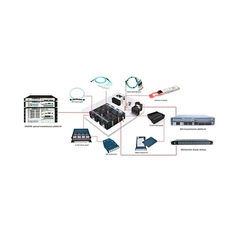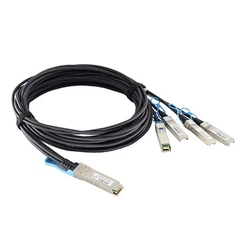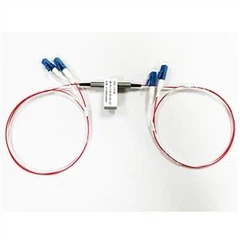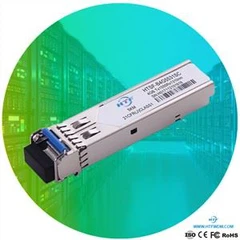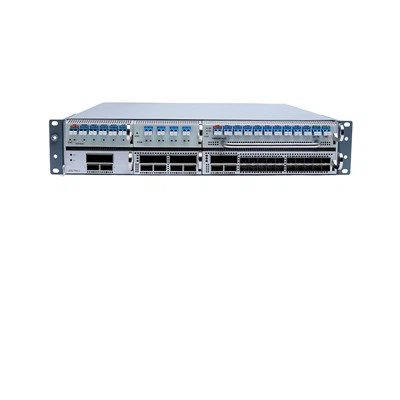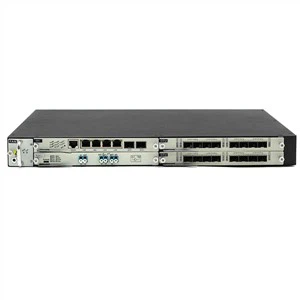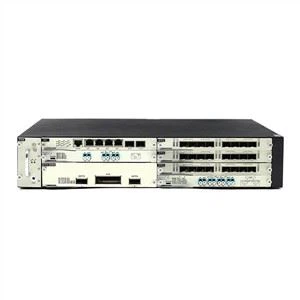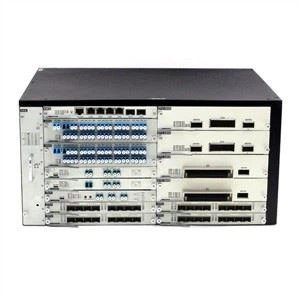I believe many customers have noticed the TX / RX optical power parameters when purchasing optical modules. These two parameters are one of the important parameters to ensure the normal communication of optical modules. Where TX is the transmitted optical power and Rx is the received optical power. So how much do you know about the transmitted optical power and the received optical power? What is the normal range of both? How to test the optical power of the optical module in the normal range?
What is the transmit / receive optical power? What is the normal range?
The transmitted optical power refers to the output optical power of the light source at the transmitting end of the optical module, and the received optical power refers to the input optical power of the light source at the receiving end of the optical module. Both of them are in dBm, and they are one of the important parameters affecting the signal transmission distance. Generally, only when the transmitting power and receiving power of the optical module are within the upper and lower thresholds, can the transmission performance of the optical module be ensured. However, different wavelength, distance and rate of optical module have different power of transmitting and receiving light. For example, the transmitting optical power and receiving optical power of 500m SFP1G-SX-85 optical module (center wavelength is 850nm) are - 9.5dBm ~ - 2.5dBm and - 17dBm ~ 0dBm respectively; the transmitting optical power and receiving optical power of 10km SFP1G-SX -31 optical module (center wavelength is 1310nm) are - 9.5dBm ~ - 3dBm and - 20dBm ~ - 3.0dBm respectively.
Parameters | Transmission distance | Center wavelength | Transmitting optical power | Receiving optical power |
1G SFP Optical module | 500m | 850nm | -9.5 dBm~-2.5 dBm | -17 .0dBm~0 dBm |
10km | 1310nm | -9.5 dBm~-3.0 dBm | -20.0dBm~-3.0dBm | |
40km | 1310nm | -4.5 dBm~3.0 dBm | -22.5dBm~-3.0dBm | |
40km | 1550nm | -4.0 dBm~1.0 dBm | -21.0dBm~-3.0dBm | |
80km | 1550nm | -2.0 dBm~5.0 dBm | -23.0dBm~-3.0dBm | |
100km | 1550nm | 0dBm~5.0 dBm | -30.0dBm~-9.0dBm |
How to test transmit / receive optical power?
How to test whether the transmitting and receiving optical power of the optical module are in the normal range?
Generally speaking, customers can directly monitor whether the transmitted and received optical power of the optical module is normal through the DDM function (digital diagnostic monitoring function) of the optical module. However, if the DDM information of the optical module is abnormal or does not support this function, it is recommended that you first troubleshoot the optical module, and then solve the problem to obtain the values of the transmitted and received optical power of the optical module,
In addition, you can also use the optical power meter to obtain the value of the optical power emitted by the optical module. Taking 10gbase-lr optical module as an example, the test steps are as follows:
1. Insert the 10gbase-lr optical module into the SFP + port of the 10g switch;
2. Connect the optical module to the optical power meter by lc-fc fiber jumper;
3. Press the on key to turn on the optical power, press the "λ" key to modulate the band to the band of 10gbase-lr SFP + optical module (that is, modulate the band to 1310nm)
Why is the optical power of optical module bad? How to solve it?
When the optical power of the optical module appears bad phenomenon, such as large light, small light, no light, unstable optical power, small side mode suppression ratio, the performance of the optical module will decline, thus affecting the performance and distance of signal transmission. Why do these bad phenomena appear in the optical power of the optical module? It is generally due to the hardware problems of the optical module, such as:
The performance of Tosa is poor;
The backlight current pin (PD + pin) of the Tosa is falsely soldered;
The signal pins (LD + pin and LD - pin) of the Tosa of the transmitting module are falsely soldered;
Poor chip placement or performance of driver chip;
The components (such as capacitors, resistors, inductors or magnetic beads) under the memory chip pins are missing, wrongly or poorly attached;
Power resistance mismatch.
HTF's products quality is guaranteed, and the accessories are imported.
Contact: support@htfuture.com
Skype :sales5_ 1909,WeChat :16635025029

